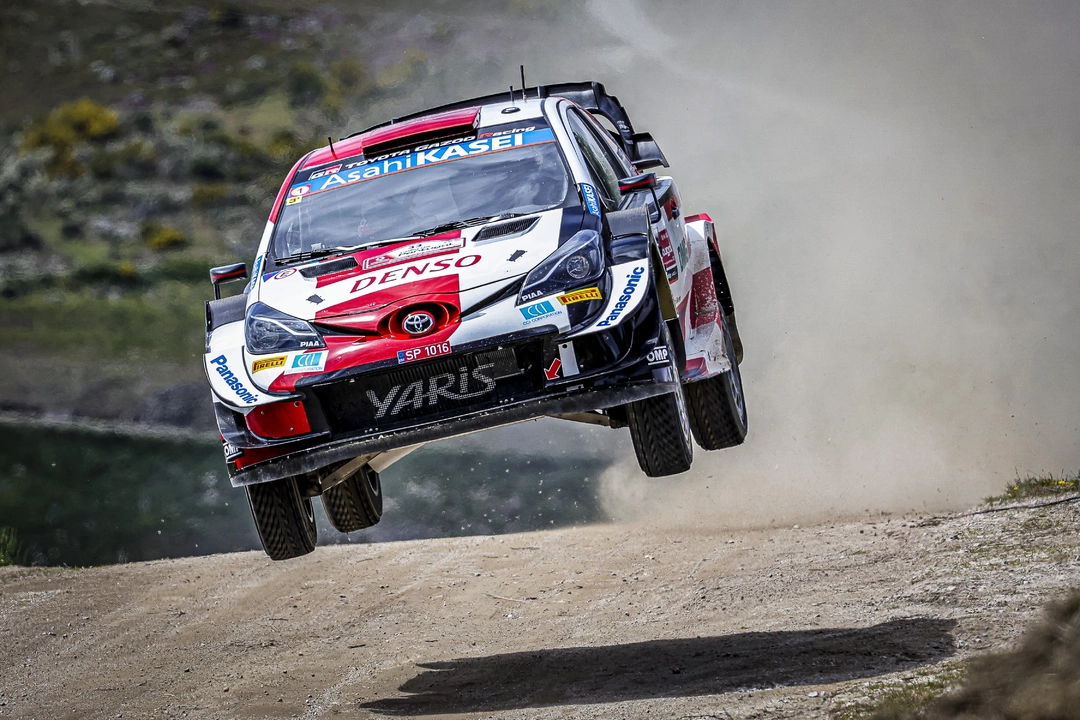Endurance Racing: What It Is and Why It Thrills
Endurance racing isn’t just about speed – it’s about lasting the distance. Think of a marathon, but with cars, bikes, or even trucks. Teams plan for fuel stops, driver changes, and tire wear over hours or even days. The excitement comes from watching machines and humans push limits while dealing with every surprise the track throws at them.
Want to get into endurance racing? Start by watching a classic event like the 24 Hours of Le Mans or the Nürburgring 24. Notice how teams rotate drivers every two to four hours, how they manage night driving, and how strategy outweighs raw horsepower. That’s the core of endurance – balance, not just aggression.
How to Follow Endurance Events Like a Pro
First, pick a series. The World Endurance Championship (WEC) offers a mix of prototype and GT cars, while the IMSA WeatherTech SportsCar Championship covers the U.S. If you’re into bikes, check out the Endurance World Championship (EWC). Once you know the series, subscribe to live timing feeds – they show lap times, sector speeds, and pit stop durations in real time.
Next, join a community. Forums, social media groups, and Discord servers let you discuss strategies, ask questions, and get insider tips. You’ll hear why a team might choose a softer tyre compound for the first stint or why they hold back fuel until the final hour.
Practical Tips for Aspiring Endurance Drivers
Fitness matters more than you think. Drivers train for neck strength, cardiovascular stamina, and mental focus. A simple routine of interval cardio, core work, and neck exercises can make a big difference when you’re behind the wheel for three‑hour stints.
Learn to read the car. During long runs, subtle changes in vibration or brake feel signal wear. Many seasoned drivers keep a notebook of these cues – it helps them decide when to push or conserve.
Finally, practice pit communication. A clear, concise hand‑signal system or radio script ensures that you and your crew stay on the same page during high‑pressure stops. Missed signals can cost seconds, and in endurance racing those seconds add up.
At Morley Motorsports Hub, we keep the endurance tag fresh with the latest race reports, driver interviews, and behind‑the‑scenes analysis. Whether you’re curious about a 12‑hour race in Bahrain or want to know how teams tackle night driving in the Sahara, our articles give you the facts without the jargon.
Ready to dive deeper? Browse our recent posts – from a nail‑biting showdown at Deepdale to a look at how European fans view long‑distance racing. Each story offers a slice of the endurance world, helping you understand why fans stay glued to the screen for hours on end.
So strap in, keep an eye on the clock, and enjoy the ride. Endurance racing isn’t just a sport; it’s a test of patience, teamwork, and sheer will. And now you’ve got the basics to follow it like a seasoned fan.

What is rally racing?
Derek Kingsworth May 10 0As a racing enthusiast, I've always been fascinated by rally racing. In a nutshell, rally racing is a form of off-road motorsport where drivers and their co-drivers navigate through diverse terrains and unpredictable weather conditions in specially modified vehicles. Unlike circuit racing, rally races take place on public or private roads, and teams race against the clock to complete each stage in the shortest time possible. One of the key aspects of rally racing is the teamwork between the driver and co-driver, as they rely on each other to make split-second decisions during the high-speed race. In my opinion, rally racing is not only thrilling but also showcases the true test of a driver's skill, adaptability, and endurance.
More Detail